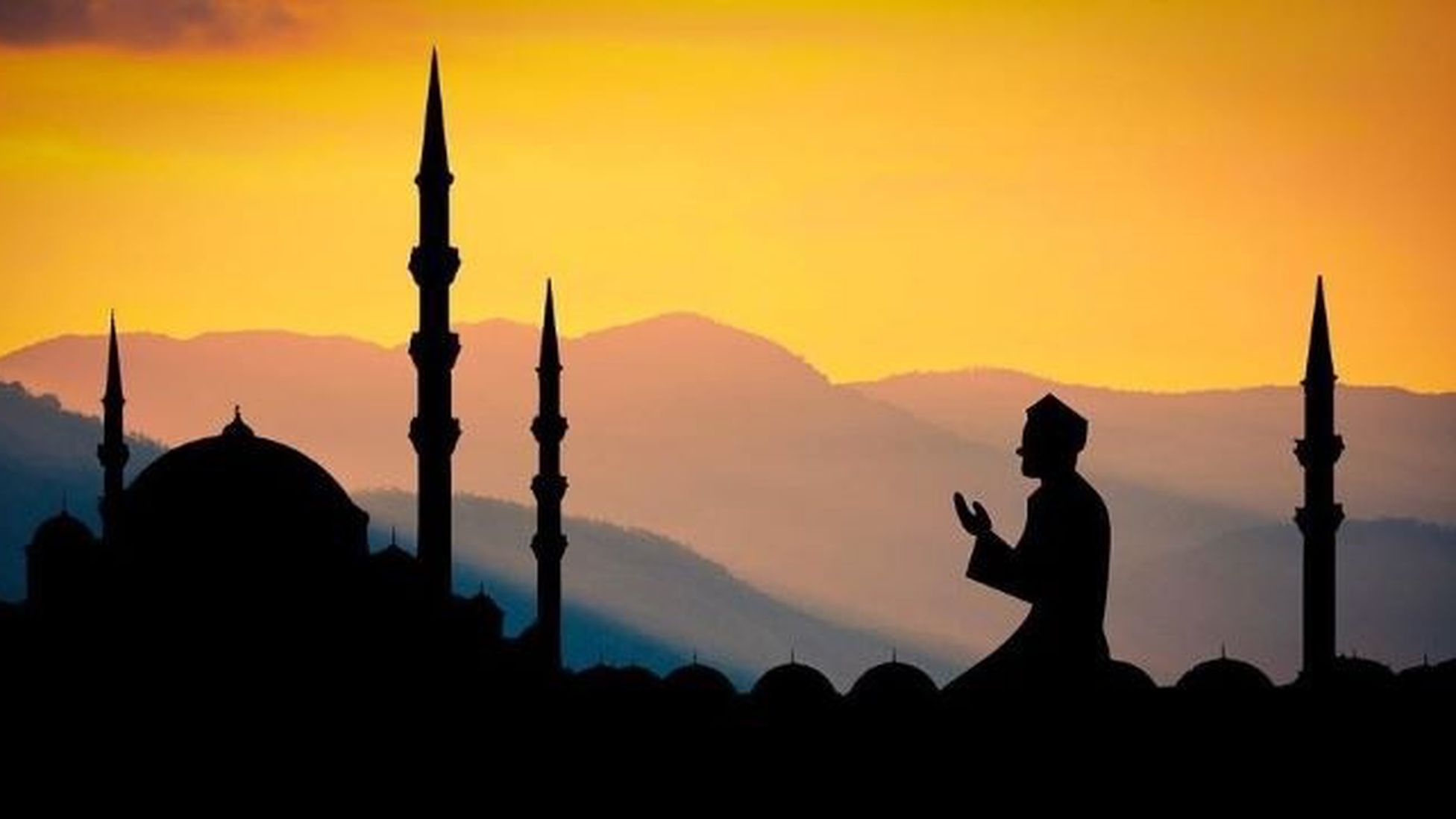
The Vibrant Celebration of Holi: Significance and Traditions
Holi, often referred to as the "Festival of Colors," is a joyous and vibrant celebration observed by millions of people across India and around the world. Rooted in Hindu mythology and cultural traditions, Holi marks the arrival of spring and the triumph of good over evil. This article explores the significance of Holi and the various rituals associated with this exuberant festival.
Origins and Legends:
Holi finds its roots in Hindu mythology, with several legends and stories associated with its origin. One of the most popular narratives revolves around the legend of Prahlad and Holika. According to Hindu mythology, Prahlad, a devout follower of Lord Vishnu, was protected from the flames by the divine intervention of the god, while Holika, his demoness aunt, perished. This victory of good over evil is celebrated during Holi, with the bonfires symbolizing the burning of Holika.
Another legend associated with Holi is the playful antics of Lord Krishna. It is said that Lord Krishna, known for his mischievous nature, popularized the tradition of playing with colors by drenching his beloved Radha and other gopis (milkmaids) with colored water and powder. This playful act has become an integral part of the Holi festivities, symbolizing love, joy, and togetherness.
Significance:
Holi holds immense cultural and social significance, transcending religious boundaries and bringing people from diverse backgrounds together. It symbolizes the onset of spring, a season of renewal, rejuvenation, and new beginnings. The colorful powders used during Holi represent the vibrant hues of spring and the blossoming of nature after the cold winter months.
Beyond its association with nature, Holi promotes unity, harmony, and the spirit of brotherhood. It is a time when people set aside their differences, come together, and celebrate in a spirit of camaraderie. The festival transcends barriers of class, caste, and age, fostering a sense of community and inclusivity.
Traditions and Celebrations:
The festivities of Holi typically span over two days. On the eve of Holi, communities gather around bonfires, known as "Holika Dahan," to commemorate the victory of good over evil. People sing and dance around the fire, offering prayers and seeking blessings for prosperity and happiness.
The following day is celebrated as "Rangwali Holi," where people gather in streets, parks, and open spaces to play with colors. Water guns, water balloons, and colored powders are used to drench friends and family members in a riot of colors. Traditional sweets and delicacies are prepared and shared as part of the celebrations, adding to the festive spirit.
Conclusion:
Holi is more than just a festival; it is a celebration of life, love, and happiness. It brings people together, irrespective of their differences, to revel in the joy of spring and the vibrancy of colors. As the world embraces diversity and unity, the spirit of Holi serves as a powerful reminder of the beauty of togetherness and the triumph of good over evil. So, let us immerse ourselves in the colors of Holi and spread love and happiness wherever we go.












Comment / Rely From